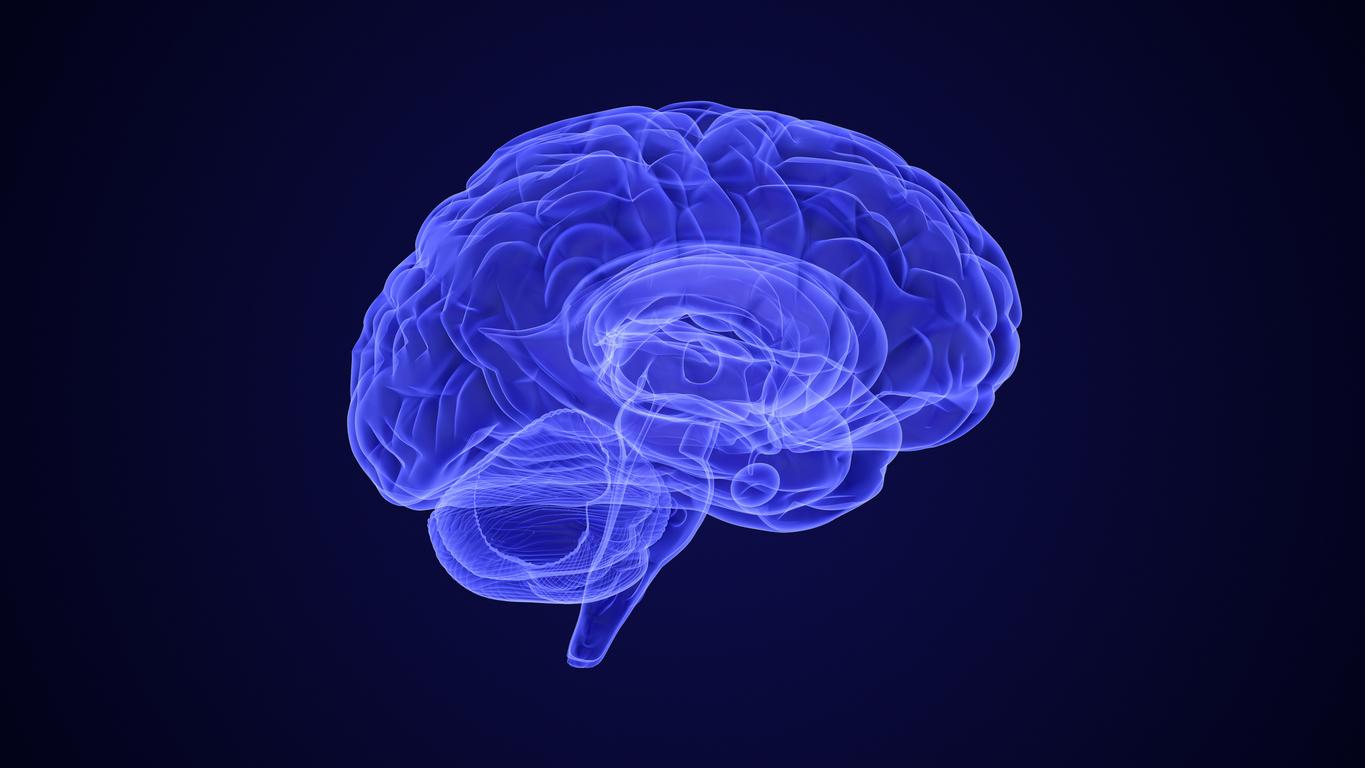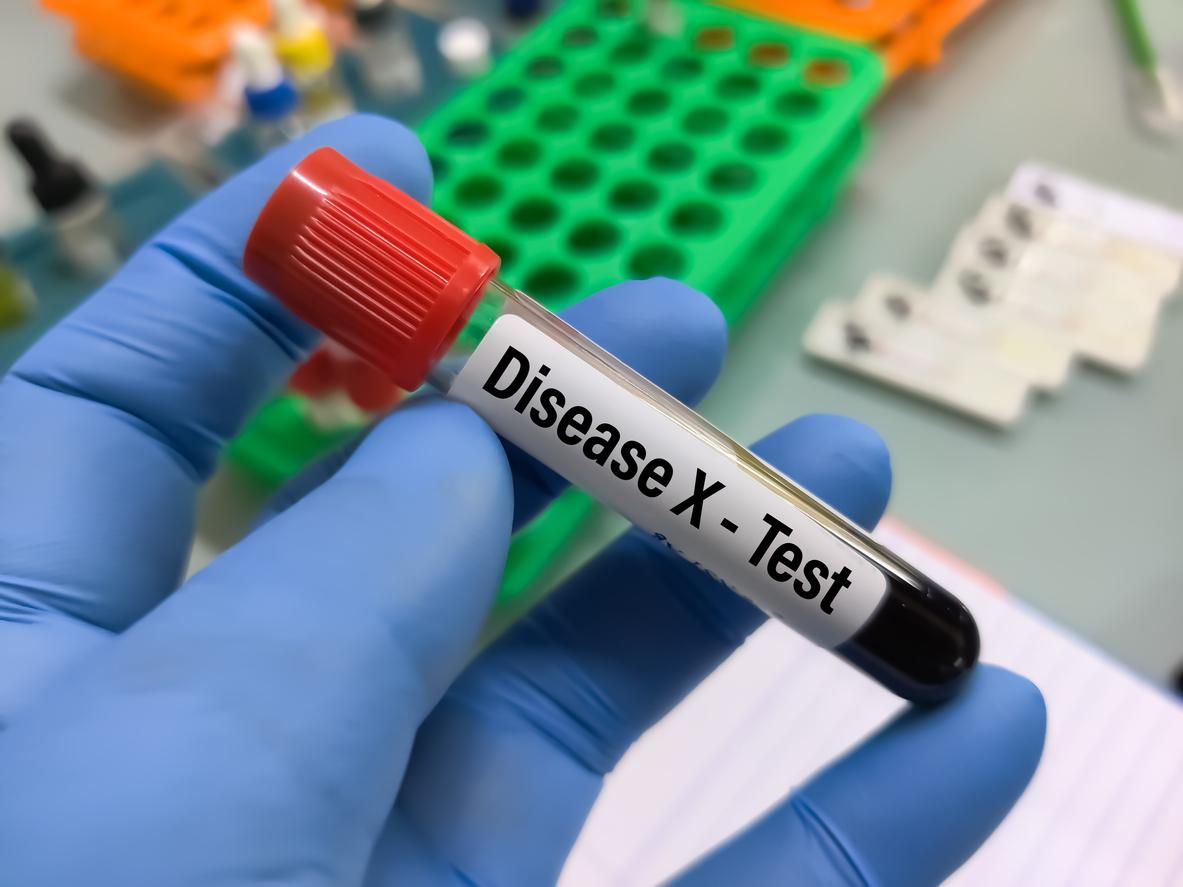Scientists at the Luxembourg Center for Systems Biomedicine (LCSB) implanted neurons from reprogrammed skin cells into the brains of mice, according to the results of an experiment published in the medical journal Stem Cell Reports. And for the first time, no negative effects were seen after six months.
In their latest tests, this research group and their colleagues at the Max Planck Institute, University Hospital Münster and University of Bielefeld (Germany) succeeded in creating stable nerve tissue in the brains of mice. from skin cells. Then they reprogrammed stem cells into neurons.
A stabilized transplant for 6 months without side effects
Six months after implantation, the transplanted neurons became fully functional and were fully integrated into the brain. This new success, because it is lastingly stable, raises hopes for future treatments for patients with Parkinson disease. They could replace diseased neurons with healthy ones in the brains of patients with this disease.
The treated mice showed no adverse side effects six months after implantation in the hippocampus and cortex regions of the brain. In fact, scientists have found, on the contrary, that the implanted neurons have been fully integrated into the complex network of the brain. The neurons exhibited normal activity and were connected to the original brain cells through newly formed synapses, the points of contact between nerve cells.
“Building on current knowledge, we will now be looking specifically at the type of neurons that die in the brains of patients with Parkinson’s, namely dopamine-producing neurons “, reports Jens Schwamborn.
“We are not yet seeing such success in humans, but I am sure that cell replacement treatments will exist in the future,” says Jens Schwamborn, lead author of the study. move a little more in this direction “.
“In the future, implanted neurons could produce the missing dopamine directly in the patient’s brain and transport it to the appropriate areas of the brain. And that could lead to a real cure,” concludes Jens Schwamborn. The first tests in mice are underway in the LCSB laboratories on the campus of the University of Luxembourg in Belval.


















